Heritage
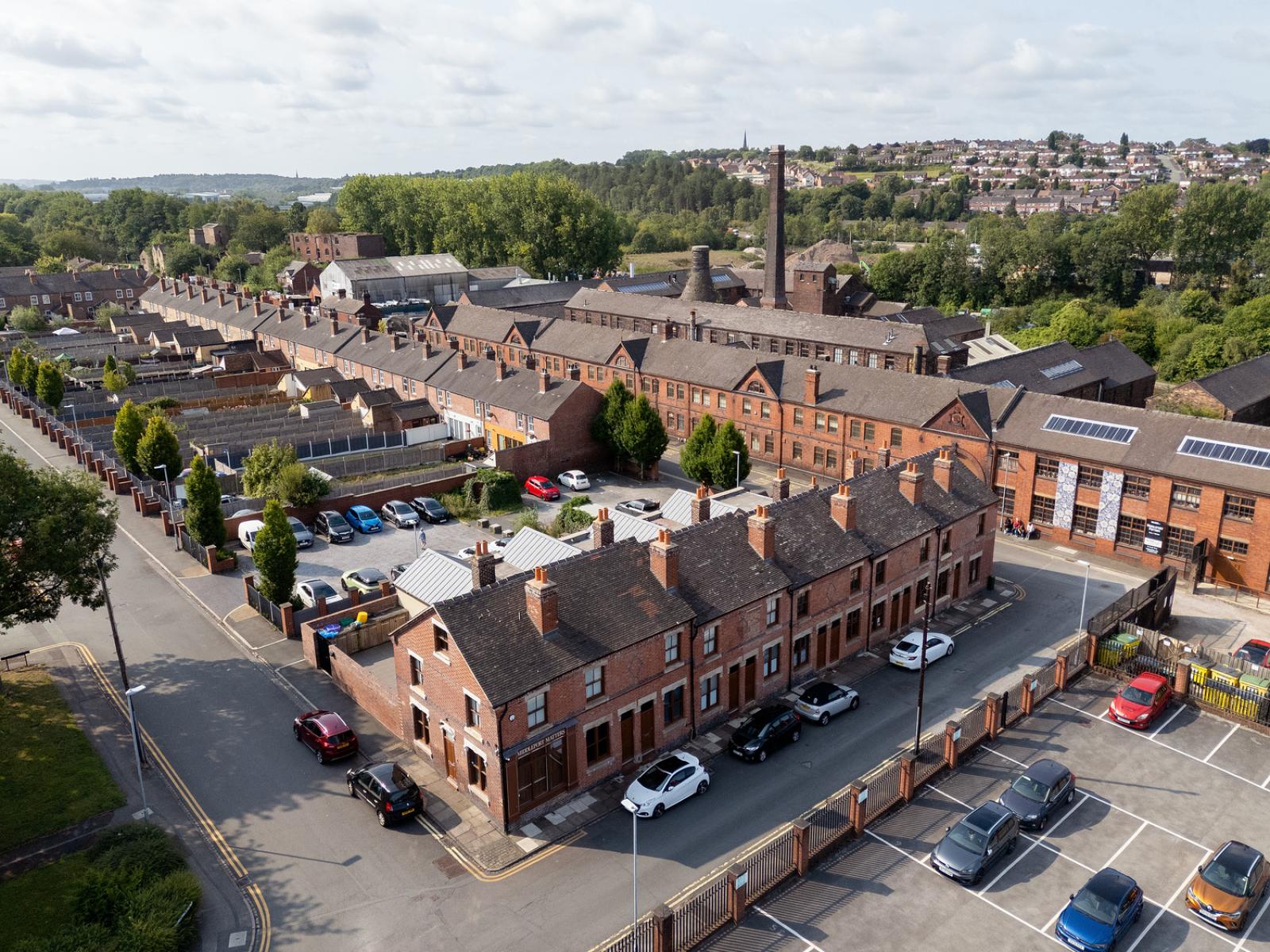
Visit Middleport Pottery and you will find Harper Street, a typical terraced street that was once home to workers from the area's industrial potteries. Now home to a heritage attraction, enterprise units, and the Middleport Matters community trust, the street was restored and adapted by Buttress for Re-Form to complement the Middleport offer.
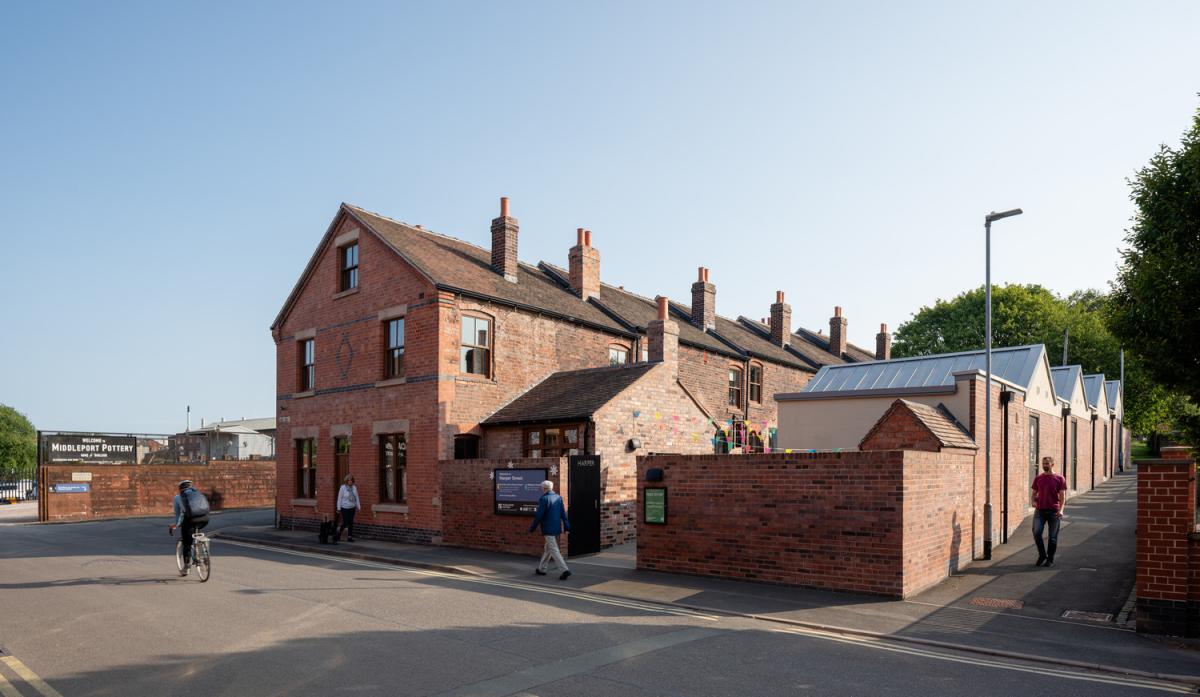
A place for the community
Working with Re-Form Heritage and supported by the National Lottery Heritage Fund, the scheme has transformed a row of eleven dilapidated Victorian terraced houses into a vibrant new destination.
The restored lodge keeper’s house offers an immersive glimpse into domestic life in the 1920s and 1930s, and a new Collections Research Centre provides a purpose-designed space for Middleport’s growing archive, which includes the world’s largest known collection of Burleighware.
Seven affordable enterprise units support creative businesses and build on the existing community of makers already operating from Middleport. A dedicated hub, managed by local community trust Middleport Matters, offers space for events, clubs and activities, ensuring Harper Street remains rooted in everyday life.
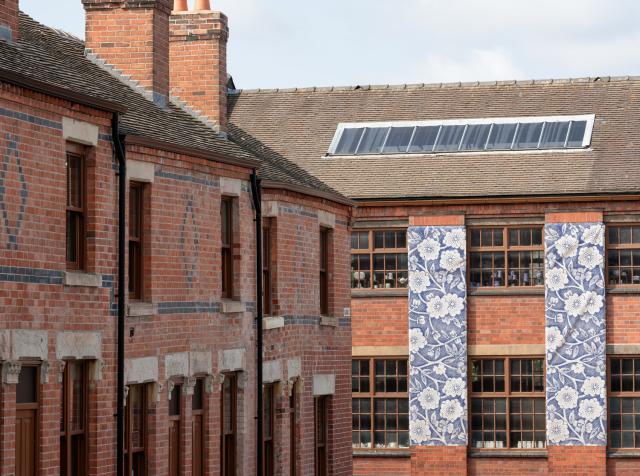
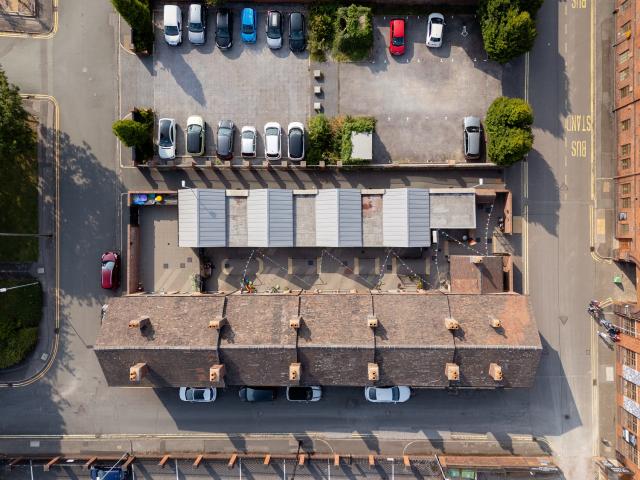
The big idea
In remodelling the terraces for new uses, we needed to create a variety of spaces: large volumes to create the archive, modern offices for staff, a cluster of new maker units that collectively create a destination within the Middleport heritage trail, and a restored and interpreted historic terraced home.
We retained the philosophy of the recently opened Middleport Pottery, presenting the site as found in the 1950s, and recognised the importance of the terraced ‘backs’ where life and interaction happened on the street.
The original scullery kitchens were removed and new makers units built to the edge of the back yards. The now reversed terraced houses are accessed from a new communal ‘back’ that reflects the original dynamics and gives tenants opportunities to connect and have their own shopfronts.
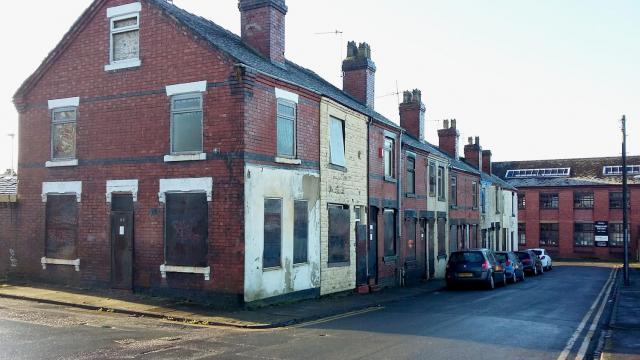
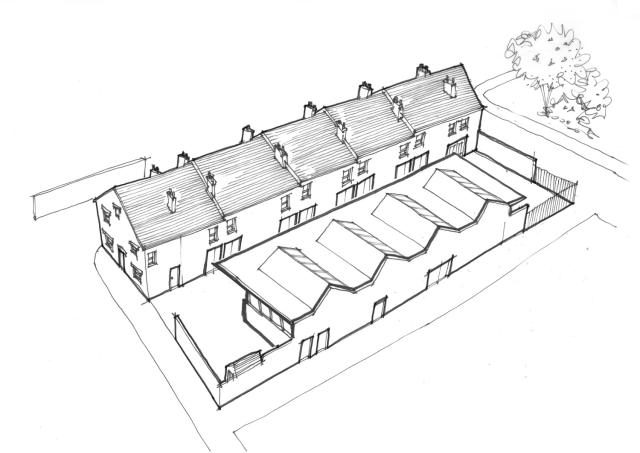
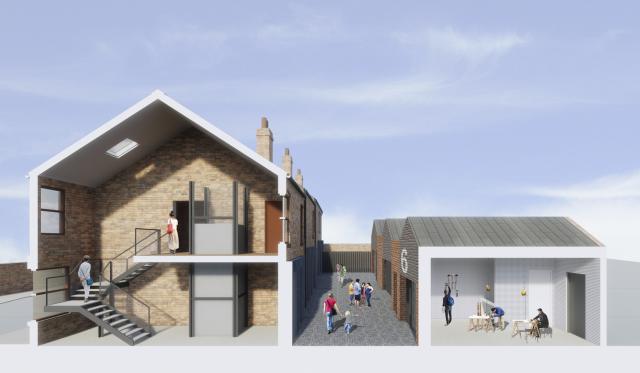
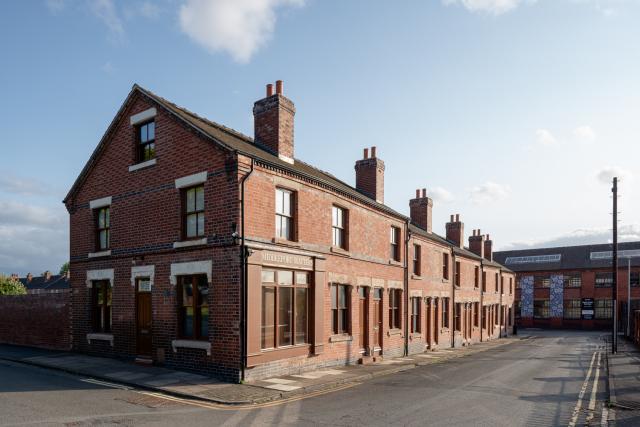
Retrofit and restoration
The long boarded-up terraced houses were restored. External facings and cladding were removed, and a new shopfront was created for Middleport Matters Community Trust. Supporting the significance of the conservation area, all houses were fitted with new timber sash windows. These have been painted with the Middleport estate brown, identifying the street’s connection to the pottery. Irregularities and signs of age were left intact, and the ghost marks of the original scullery kitchens were left to signpost the original forms and purposeful change.
A strategy for reducing carbon in the restored terrace and new units considers the various uses and requirements for collections care and user comfort. Where heated spaces are required, additional insulation and improved airtightness improve the historic fabric performance. This holistic approach enables both the heritage and new spaces to be efficiently heated using air-source heat pumps, supporting long-term sustainability without compromising the integrity of the architecture.
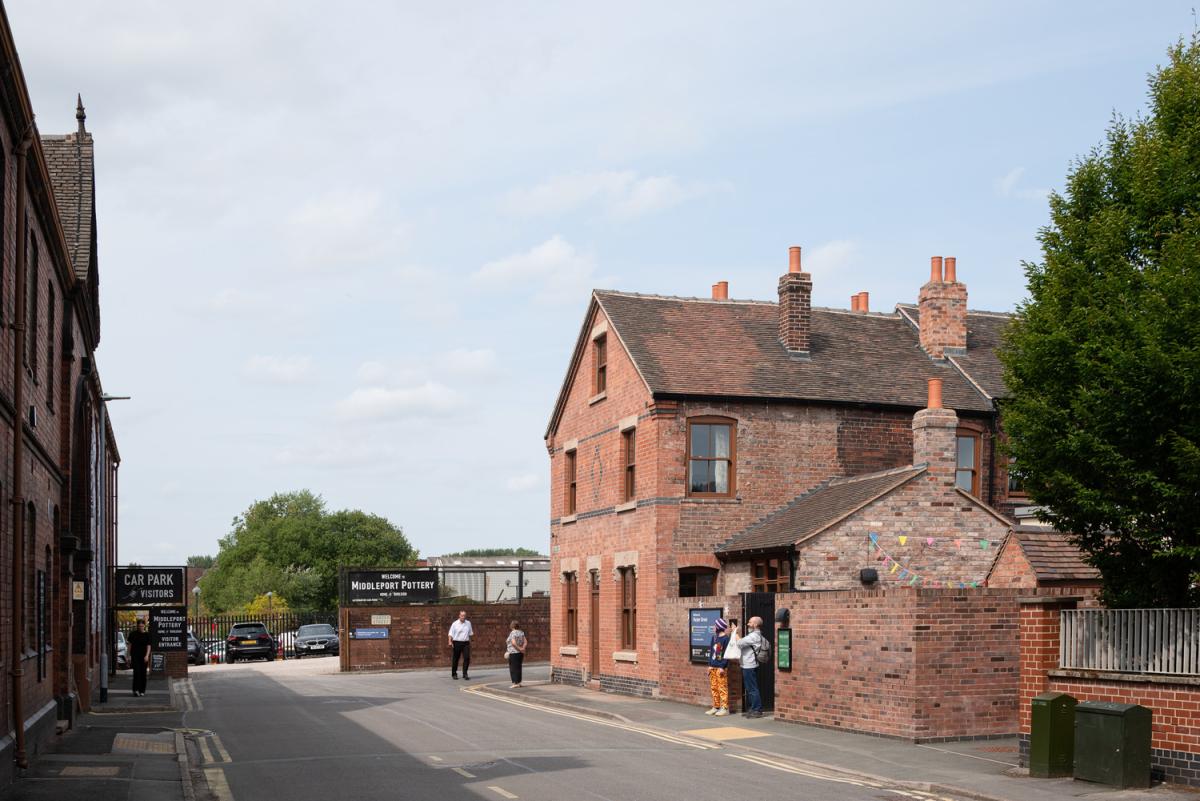
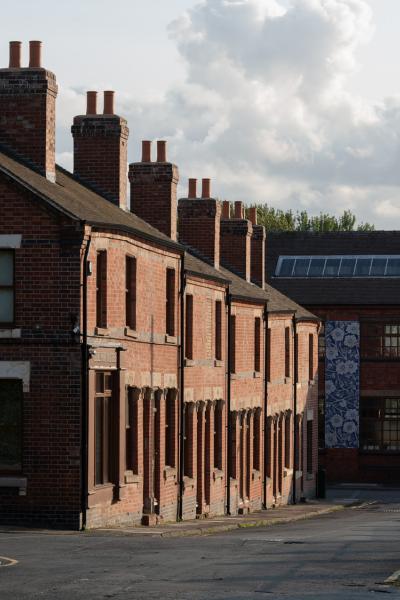
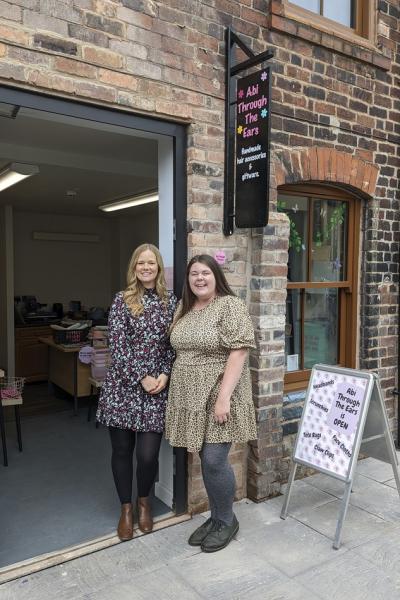
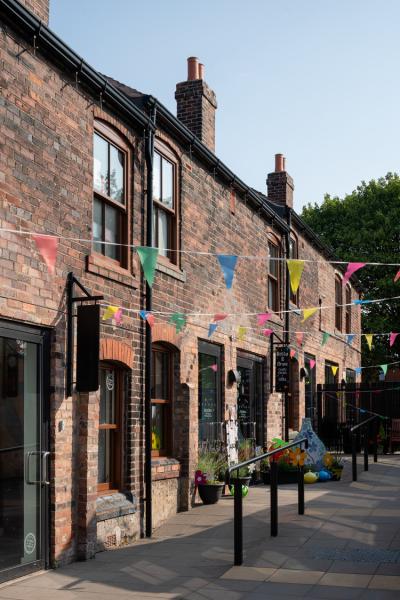
Image credits
© Gavn Stewart
Neal Charlton
Neal leads Buttress' arts and culture team, with a focus on the restoration, care and adaptation of historic and listed buildings.
Samantha Knights
Samantha enjoys delivering design solutions for complex projects involving new build and heritage buildings, cultivating a confident and sensitive approach to design.

